Home>Gardening & Outdoor>Landscaping Ideas>How To Get Grass To Spread


Landscaping Ideas
How To Get Grass To Spread
Modified: February 18, 2024
Learn effective landscaping ideas to encourage grass spreading in your yard. Discover practical tips and techniques for achieving a lush and vibrant lawn. Boost your curb appeal with our expert advice.
(Many of the links in this article redirect to a specific reviewed product. Your purchase of these products through affiliate links helps to generate commission for Storables.com, at no extra cost. Learn more)
Introduction
Welcome to the wonderful world of landscaping! If you’re looking to achieve a lush, green lawn, the process of getting grass to spread can be both rewarding and challenging. A well-maintained lawn not only enhances the beauty of your outdoor space but also provides a welcoming environment for outdoor activities and relaxation. In this article, we’ll explore the art and science of encouraging grass to spread, from understanding the natural growth patterns of different grass varieties to implementing effective lawn care and maintenance practices. By the end of this journey, you’ll be equipped with the knowledge and strategies to transform your lawn into a thriving carpet of verdant grass.
Key Takeaways:
- Choose the right grass variety for your climate and maintenance needs to promote healthy spreading and a lush lawn.
- Implement proper lawn care practices, such as regular mowing and deep watering, to support vigorous grass spreading and overcome common obstacles like compacted soil and thatch accumulation.
Read more: How To Get Buffalo Grass To Spread
Understanding Grass Spreading
Grass spreading, also known as lateral growth, refers to the natural propagation of grass across the soil. Different grass species exhibit varying spreading tendencies, with some being more aggressive in their growth patterns compared to others. Understanding the spreading characteristics of the grass variety in your lawn is crucial for implementing effective propagation strategies.
Grass spreading occurs through multiple mechanisms, including stoloniferous growth, rhizomatous growth, and tillering. Stoloniferous grasses, such as Bermuda grass and St. Augustine grass, produce horizontal above-ground stems called stolons, which root at nodes and give rise to new grass plants. On the other hand, rhizomatous grasses, like Kentucky bluegrass and zoysia grass, produce underground stems called rhizomes, enabling them to spread laterally and establish new growth points. Additionally, tillering, the formation of new shoots from the base of existing grass plants, contributes to the thickening and spreading of certain grass species, such as fescue and ryegrass.
Understanding the growth habits of your specific grass type is essential for promoting and managing its spread. By recognizing whether your grass spreads via stolons, rhizomes, or tillers, you can tailor your propagation techniques to maximize its natural growth tendencies. Furthermore, being aware of the seasonal patterns of grass spreading, such as increased growth during the warmer months, allows you to synchronize your propagation efforts with the grass’s biological rhythms.
As you delve into the world of grass spreading, it’s important to appreciate the unique characteristics of your chosen grass variety and leverage this knowledge to create an environment conducive to healthy and vigorous lateral growth. With a solid understanding of the mechanisms and factors influencing grass spreading, you’re ready to embark on the journey of nurturing a flourishing lawn.
Choosing the Right Grass Variety
When it comes to encouraging grass to spread, selecting the appropriate grass variety for your specific climate, soil type, and maintenance preferences is paramount. Different grass species possess distinct spreading behaviors and growth requirements, making it essential to choose a variety that aligns with your landscaping goals and environmental conditions.
For warm-season grasses, such as Bermuda grass, Zoysia grass, and St. Augustine grass, which thrive in regions with hot summers and mild winters, their natural spreading mechanisms, such as stolons and rhizomes, contribute to their ability to rapidly cover bare patches and expand across the lawn. These grasses are well-suited for areas with ample sunlight and are resilient in the face of high temperatures and drought conditions, making them ideal choices for homeowners seeking robust spreading capabilities.
In contrast, cool-season grasses, including Kentucky bluegrass, fescue, and ryegrass, are better adapted to cooler climates and exhibit varying spreading tendencies. While Kentucky bluegrass spreads through rhizomes, fescue and ryegrass rely on tillering to fill in bare areas and propagate laterally. Understanding the spreading habits of these grasses allows you to implement targeted propagation methods tailored to their specific growth patterns.
Furthermore, fine-tuning your grass selection based on factors such as shade tolerance, traffic resistance, and maintenance requirements can greatly influence the success of grass spreading efforts. For instance, if your lawn receives limited sunlight, opting for shade-tolerant grass varieties, such as fine fescue or certain types of ryegrass, can ensure that your lawn remains lush and green in shaded areas, promoting uniform spreading throughout the entire lawn.
By carefully evaluating the unique characteristics of different grass varieties and considering their spreading mechanisms, adaptability to local conditions, and overall suitability for your lawn, you can make an informed decision that sets the stage for successful grass spreading endeavors. Choosing the right grass variety lays a solid foundation for fostering a thriving and expansive lawn that enhances the beauty and functionality of your outdoor space.
To encourage grass to spread, regularly aerate the soil, overseed bare patches, and water deeply but infrequently to promote deep root growth.
Proper Lawn Care and Maintenance
Effective lawn care and maintenance practices play a pivotal role in promoting the spread and overall health of your grass. By implementing a comprehensive care regimen, you can create an environment that optimally supports the lateral growth and propagation of your chosen grass variety, resulting in a lush and resilient lawn.
Regular mowing is a fundamental aspect of lawn maintenance that directly influences grass spreading. By adhering to the recommended mowing height for your specific grass type and adjusting the frequency of mowing based on seasonal growth patterns, you can encourage vigorous lateral expansion and prevent the accumulation of thatch, which can impede spreading. Additionally, maintaining sharp mower blades ensures clean cuts, minimizing stress on the grass and promoting robust regrowth and spreading.
Proper watering practices are essential for sustaining healthy grass spreading. Deep, infrequent watering encourages the development of deep root systems, enhancing the grass’s ability to spread and establish new growth. By adhering to watering schedules that align with your grass variety’s specific moisture needs and adjusting irrigation based on weather conditions, you can create an optimal environment for lateral growth while conserving water resources.
Fertilization is a key component of lawn care that directly impacts the vigor and spreading capacity of grass. Applying a balanced fertilizer at the appropriate times, in accordance with your grass variety’s nutritional requirements, provides essential nutrients that promote robust lateral growth and overall lawn health. By addressing nutrient deficiencies and maintaining optimal soil fertility, you can fortify your grass’s spreading capabilities and create an environment conducive to vigorous propagation.
Furthermore, addressing common lawn issues, such as compacted soil, thatch accumulation, and weed infestations, is crucial for facilitating unhindered grass spreading. Aerating the soil to alleviate compaction, dethatching to prevent barriers to lateral growth, and implementing effective weed control measures all contribute to creating an environment where grass can readily expand and propagate across the lawn.
By integrating these essential lawn care practices into your maintenance routine, you can provide your grass with the necessary support to thrive and spread vigorously. Consistent and attentive care not only fosters the lateral growth of your grass but also ensures that your lawn remains a vibrant and inviting outdoor oasis for years to come.
Overcoming Common Obstacles
While the prospect of encouraging grass to spread is exciting, it’s important to be aware of common obstacles that can hinder the propagation and lateral growth of your lawn. By identifying and addressing these challenges, you can proactively create an environment that fosters robust grass spreading and ensures the long-term health and vitality of your lawn.
One prevalent obstacle to grass spreading is the presence of compacted soil, which inhibits the development of healthy root systems and restricts the lateral expansion of grass. To overcome this obstacle, aerating the soil to alleviate compaction and improve root penetration is essential. By creating channels for air, water, and nutrients to reach the grassroots, aeration facilitates unhindered lateral growth and promotes the overall health of the lawn.
Thatch, a layer of dead grass and organic debris that accumulates above the soil, can impede grass spreading by creating a barrier that inhibits the establishment of new growth points. Dethatching the lawn to remove this layer of buildup is crucial for enabling unobstructed lateral propagation and ensuring that the grass can readily spread and establish new shoots across the soil.
Weed infestations pose a significant challenge to grass spreading, as they compete for essential resources and space, hindering the establishment of new grass growth. Implementing effective weed control measures, such as targeted herbicide applications and proactive weed management practices, is essential for creating an environment where grass can propagate and spread without competition from invasive plants.
Inadequate sunlight and poor drainage are additional obstacles that can impede grass spreading. Addressing these challenges by selectively pruning overhanging branches to increase sunlight exposure and improving drainage through proper grading and soil amendments enables the grass to thrive and spread more effectively, creating a uniform and verdant lawn.
By recognizing and addressing these common obstacles, you can create an environment that is conducive to the lateral growth and propagation of your grass, fostering a lush and expansive lawn that enhances the beauty and functionality of your outdoor space.
Read more: How To Get St. Augustine Grass To Spread
Conclusion
Cultivating a thriving and expansive lawn through the propagation and lateral growth of grass is a fulfilling endeavor that transforms outdoor spaces into vibrant and inviting landscapes. By understanding the unique spreading mechanisms of different grass varieties and tailoring your propagation strategies to align with their natural growth tendencies, you can create an environment that fosters robust and uniform grass spreading.
Choosing the right grass variety for your specific climate, soil conditions, and maintenance preferences sets the stage for successful propagation efforts, ensuring that your lawn flourishes and spreads vigorously. By carefully evaluating the spreading behaviors and adaptability of different grass species, you can make an informed selection that aligns with your landscaping goals and creates the foundation for a lush and expansive lawn.
Implementing proper lawn care and maintenance practices is essential for sustaining the lateral growth and propagation of your grass. From regular mowing and appropriate watering to targeted fertilization and addressing common lawn issues, consistent and attentive care provides the necessary support for healthy and vigorous spreading, creating an environment where grass can thrive and propagate across the lawn.
Overcoming common obstacles, such as compacted soil, thatch accumulation, and weed infestations, is crucial for creating an environment that facilitates unhindered grass spreading. By proactively addressing these challenges, you can ensure that your lawn remains resilient and expansive, free from hindrances that impede the lateral growth and propagation of grass.
As you embark on the journey of encouraging grass to spread, remember that patience, attentiveness, and a deep understanding of your grass variety are key to achieving a lush and verdant lawn. By integrating the knowledge and strategies shared in this article, you can create an outdoor oasis characterized by the beauty and resilience of a thriving, expansive lawn.
Frequently Asked Questions about How To Get Grass To Spread
Was this page helpful?
At Storables.com, we guarantee accurate and reliable information. Our content, validated by Expert Board Contributors, is crafted following stringent Editorial Policies. We're committed to providing you with well-researched, expert-backed insights for all your informational needs.
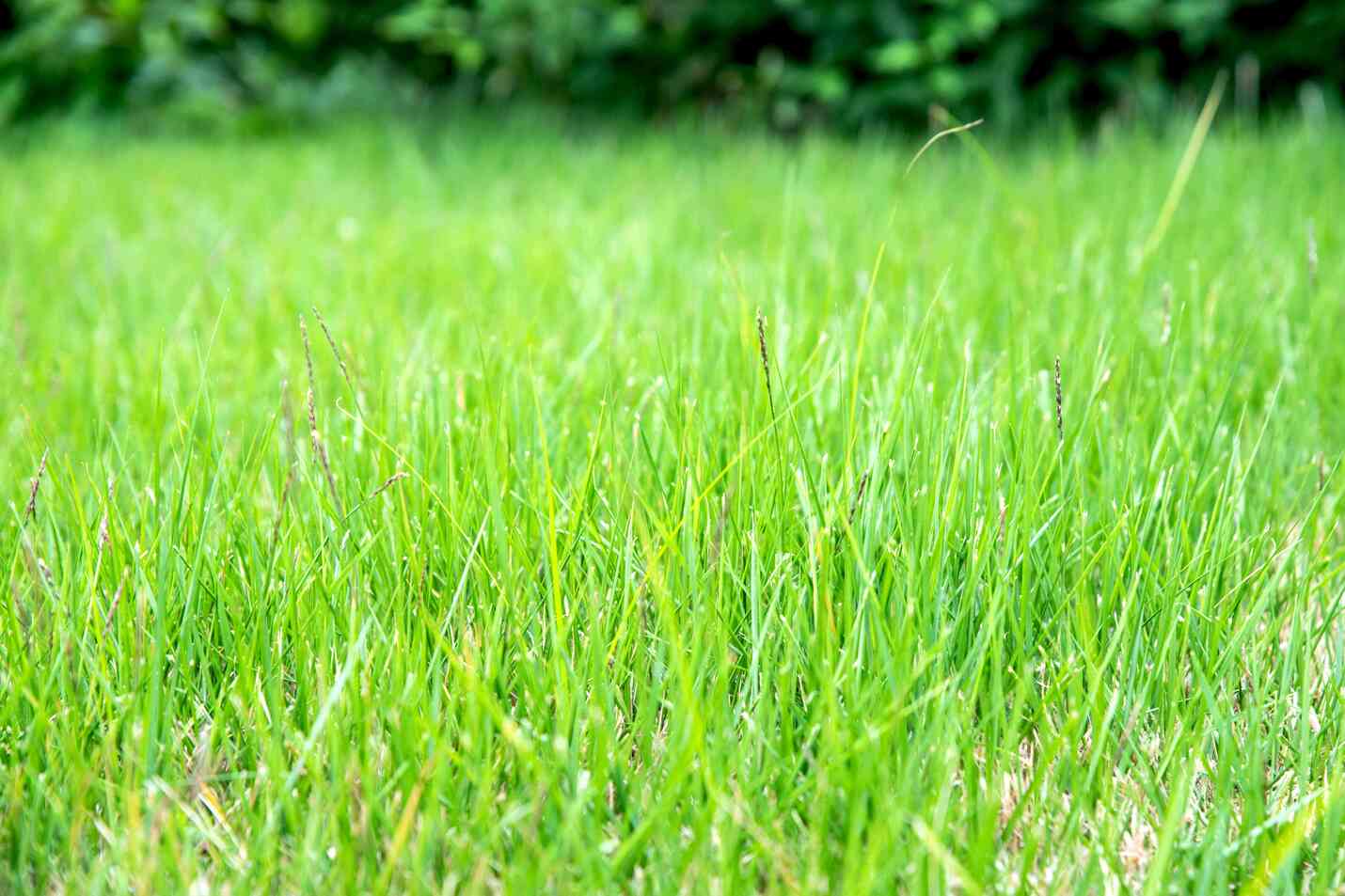
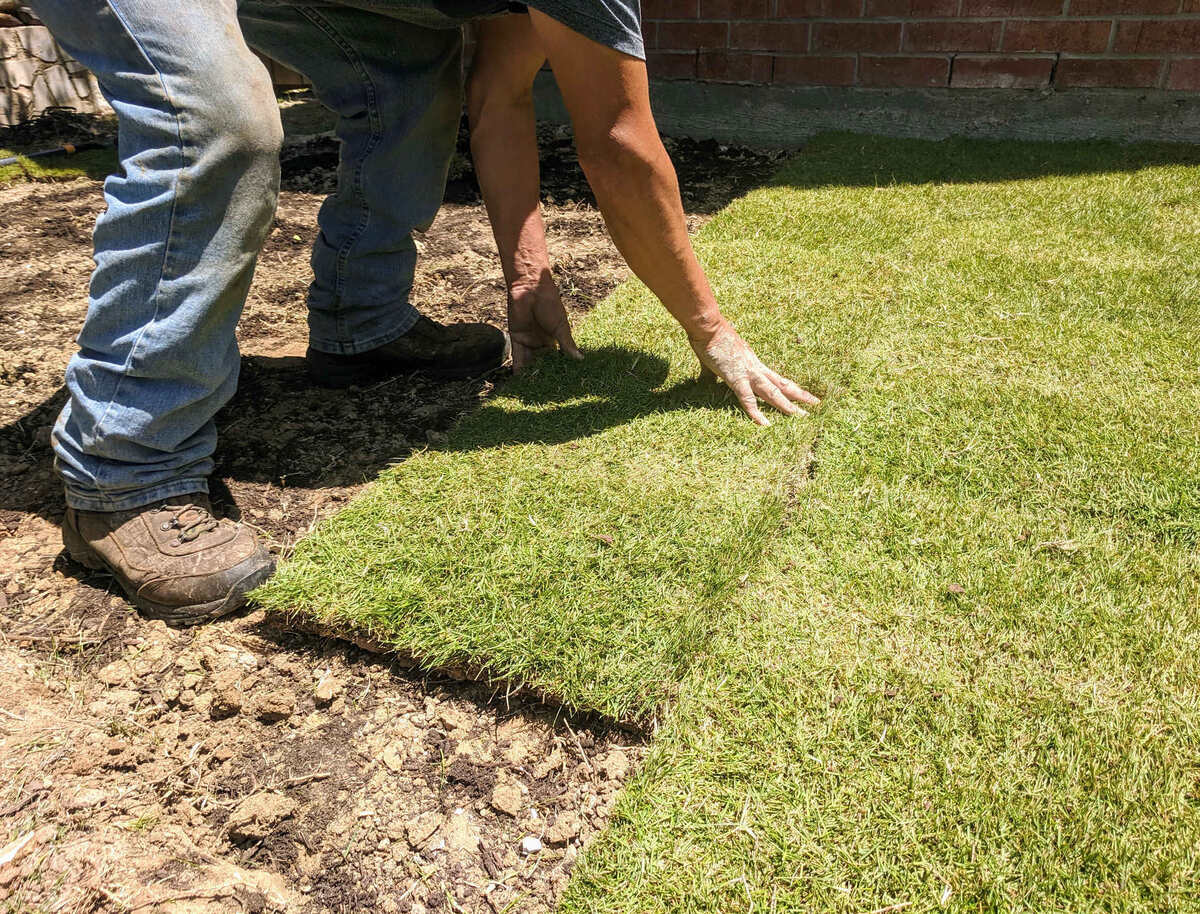
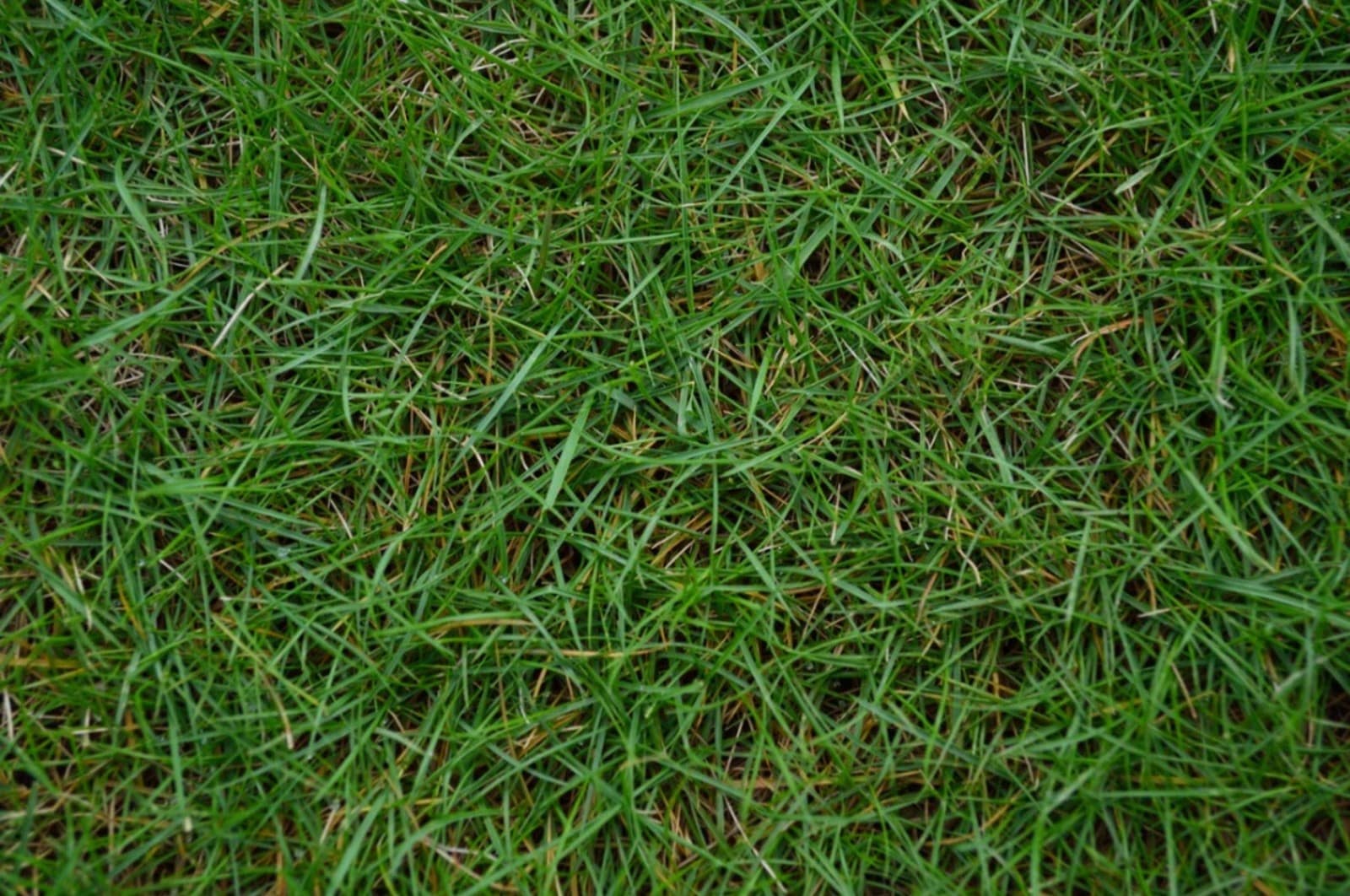
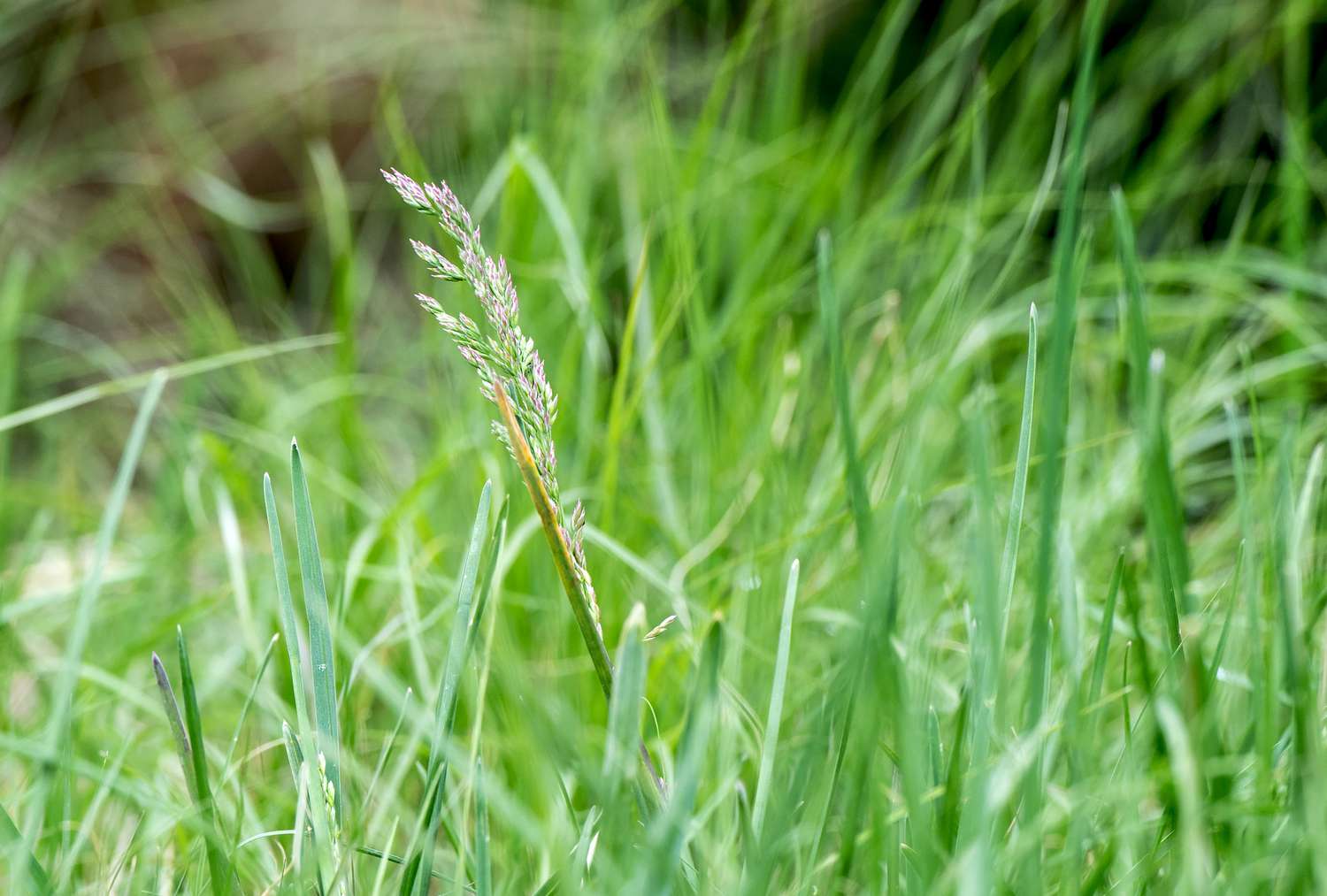
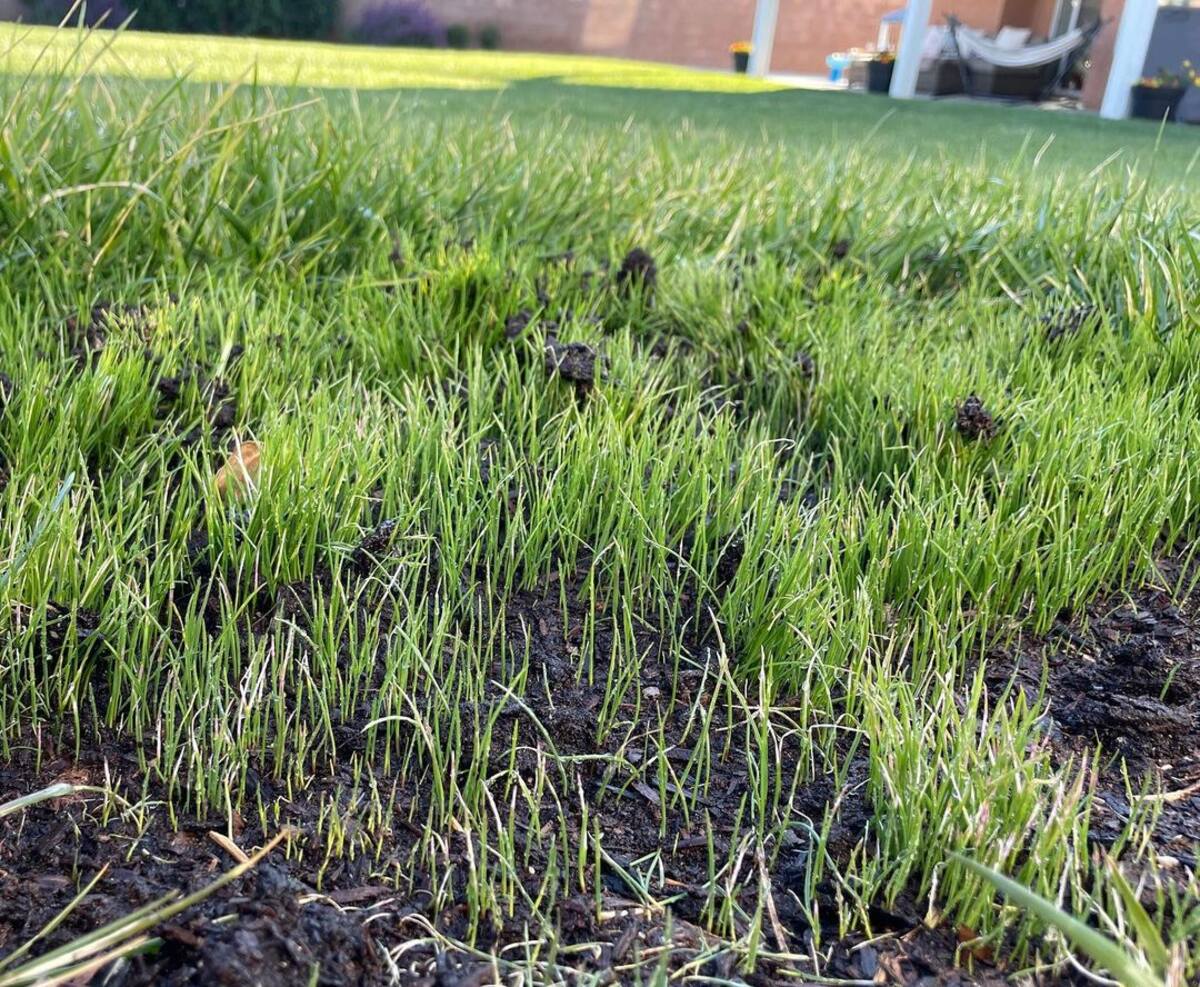
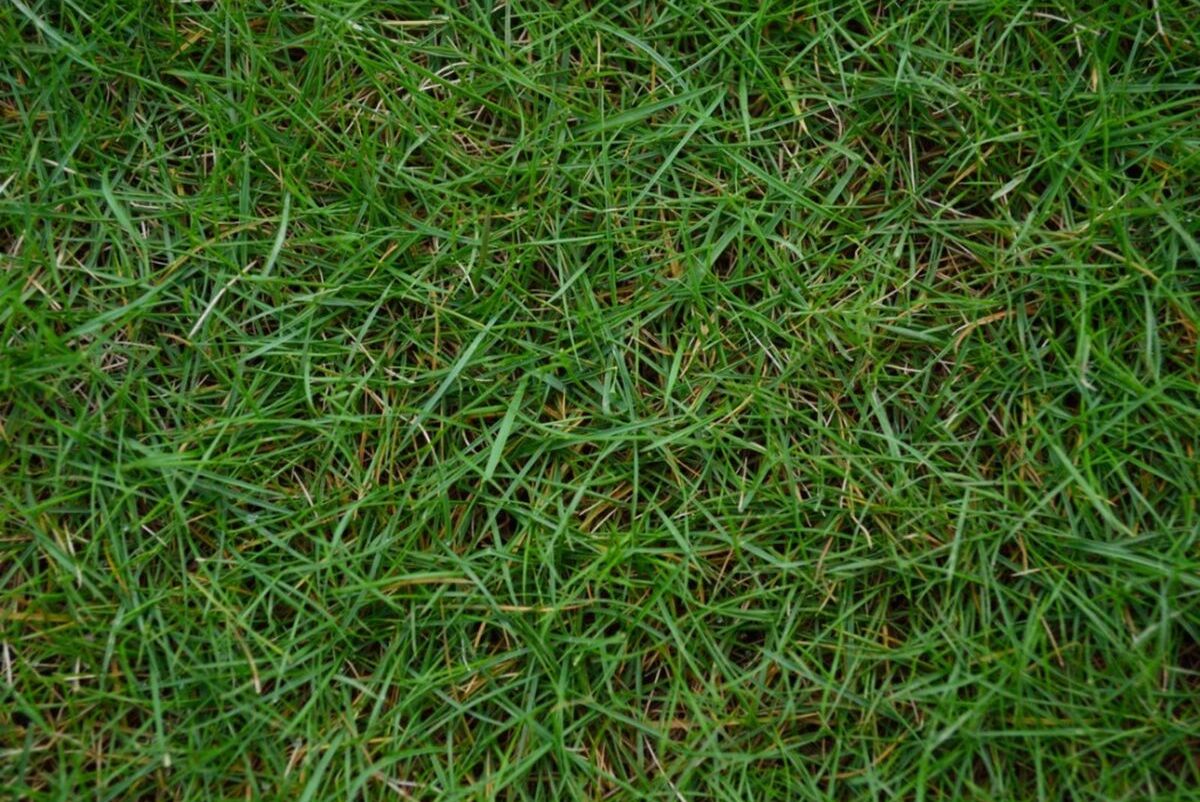
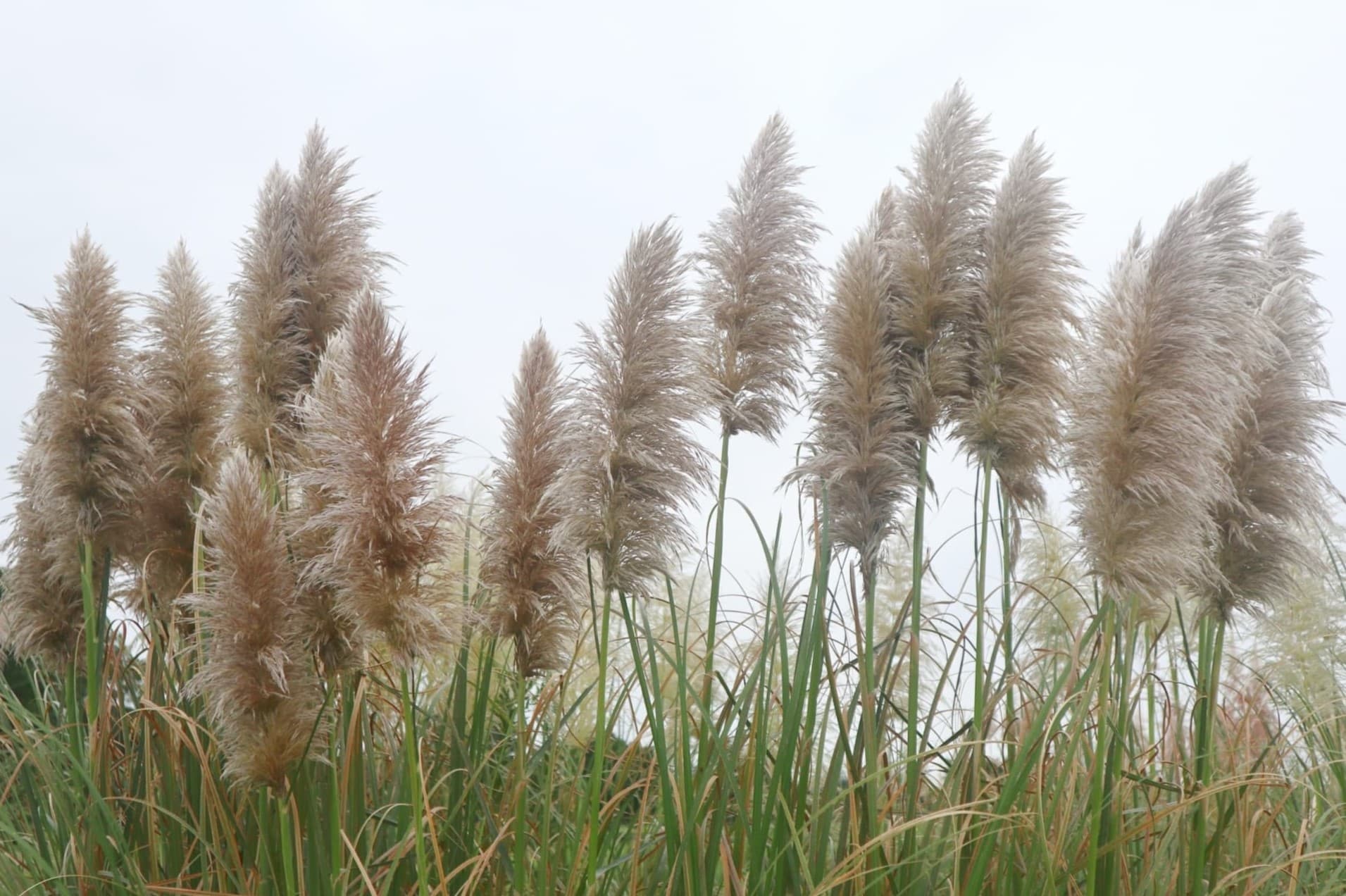
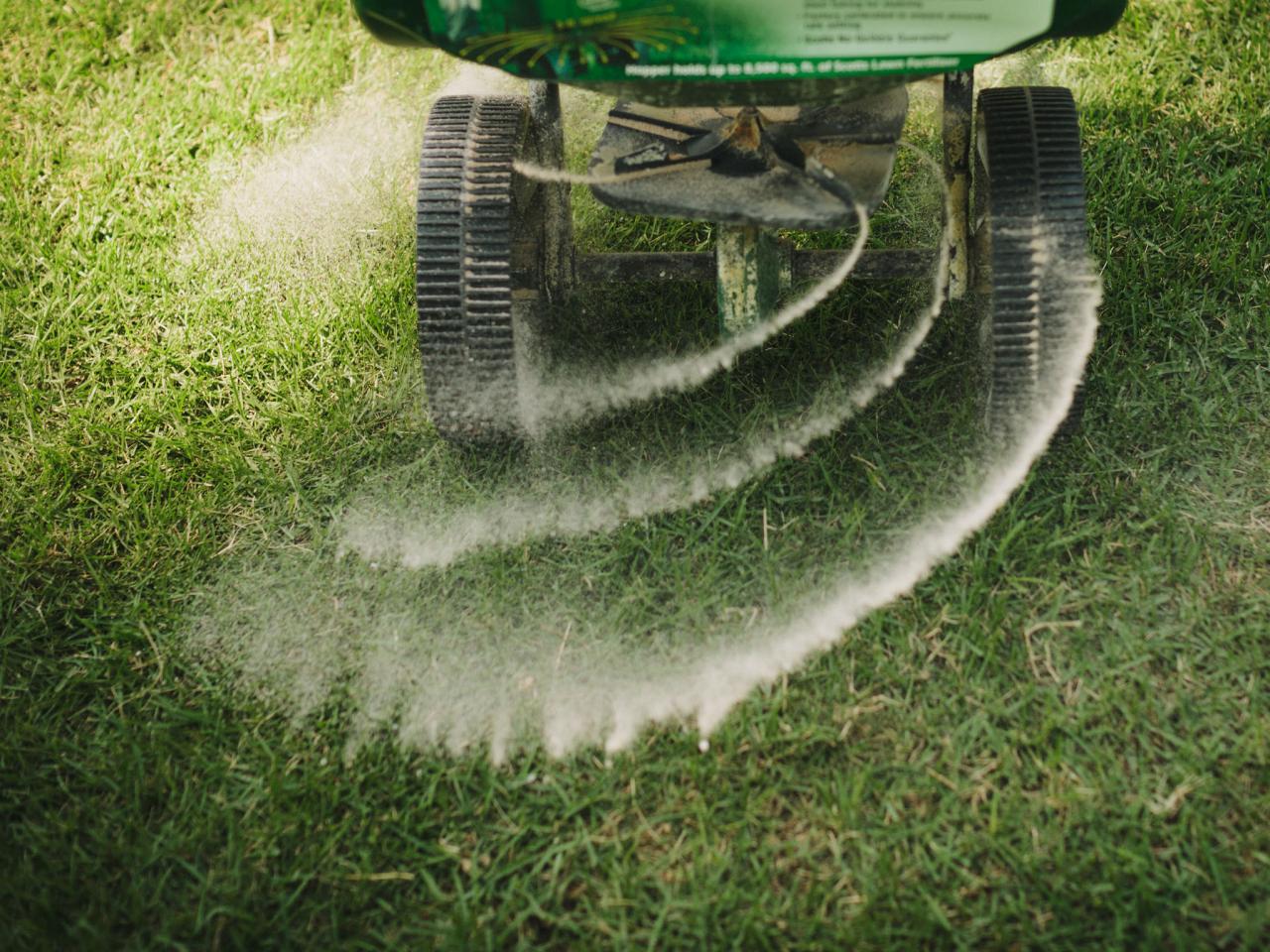
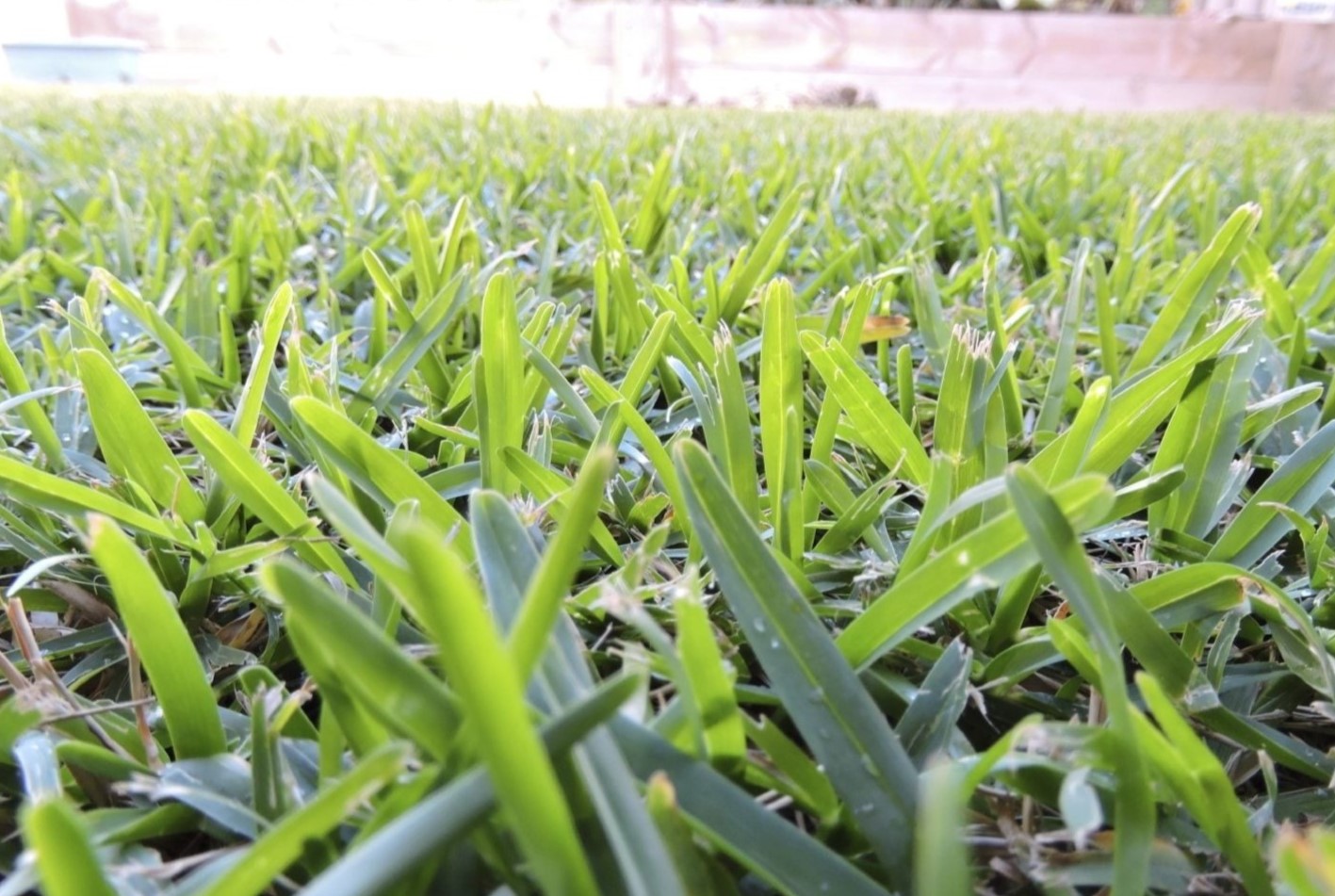

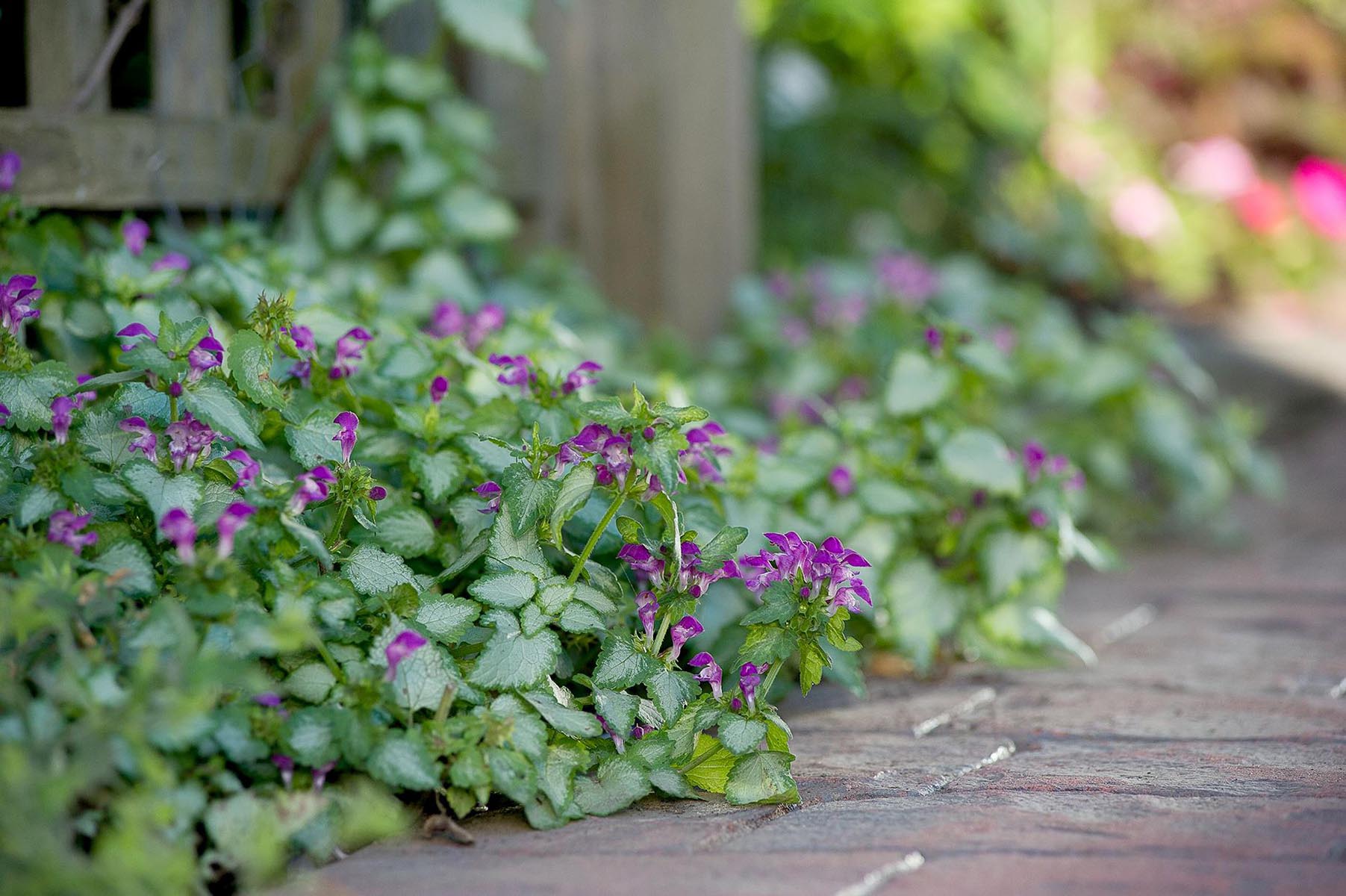
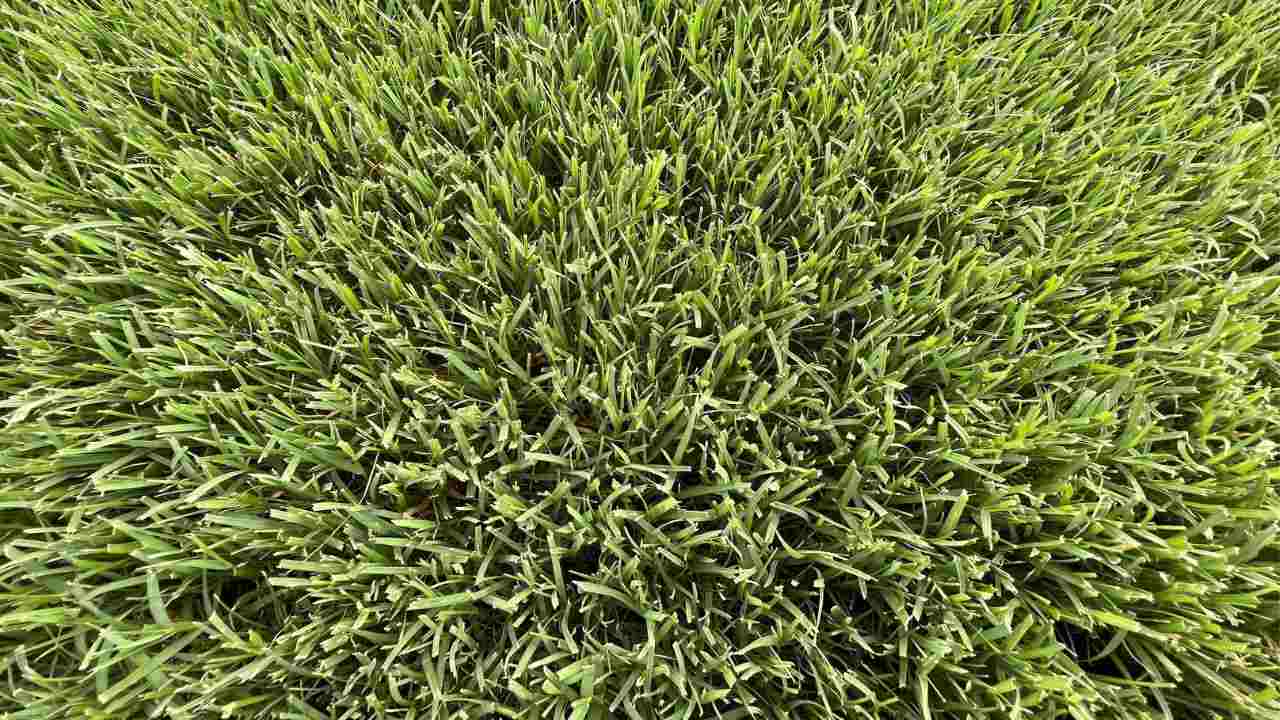
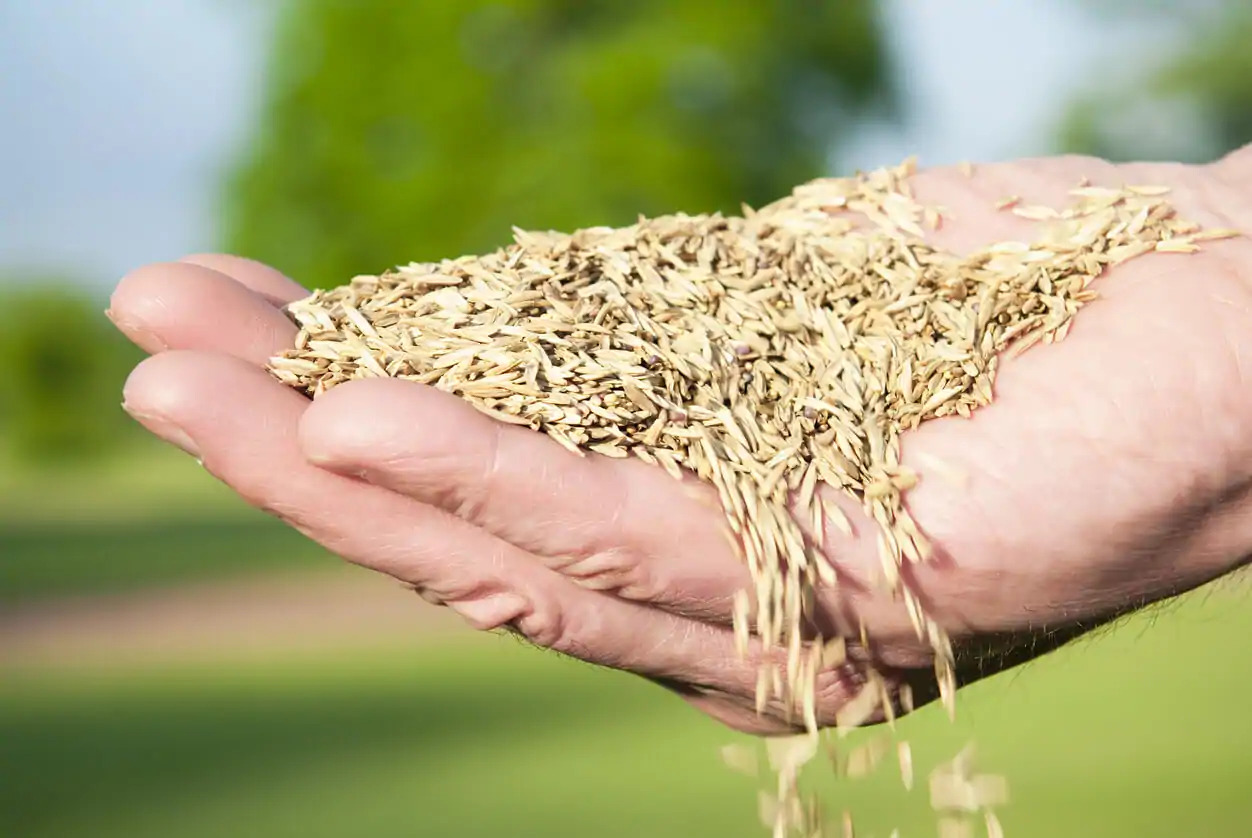


0 thoughts on “How To Get Grass To Spread”